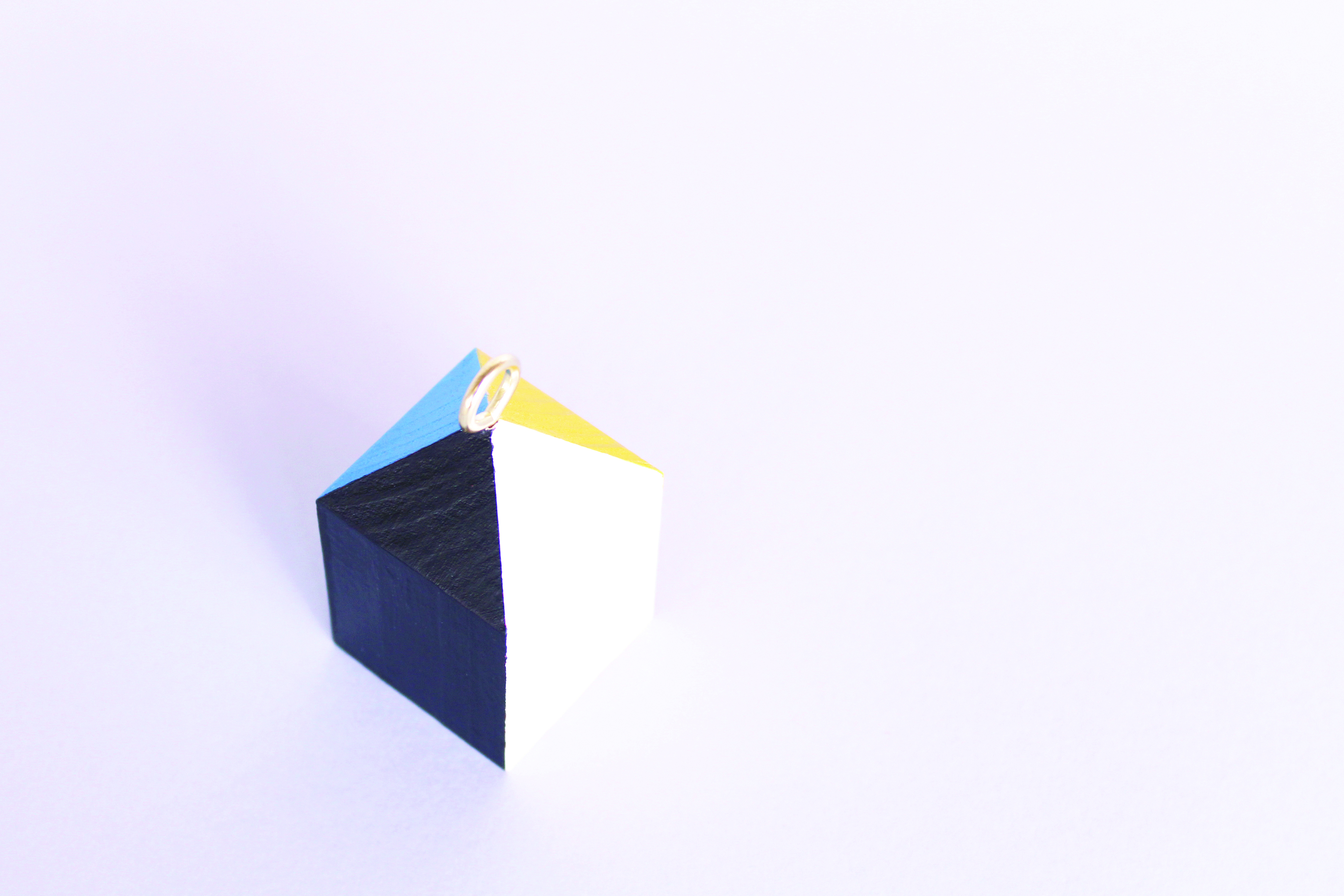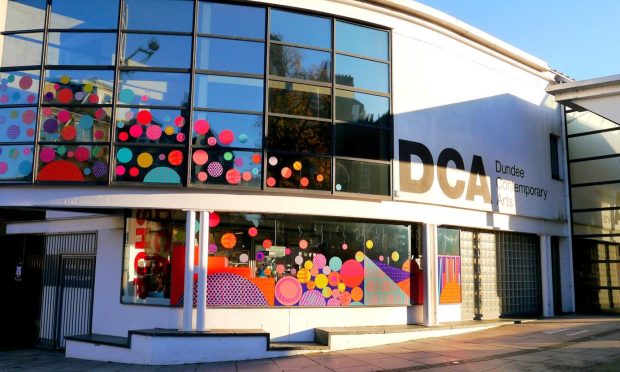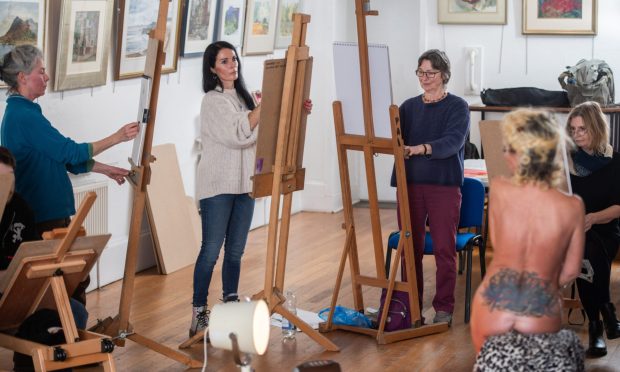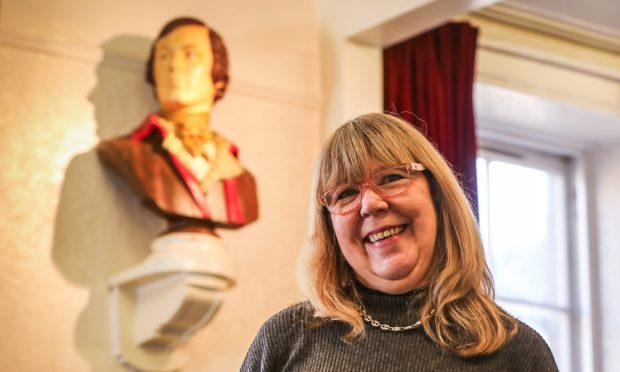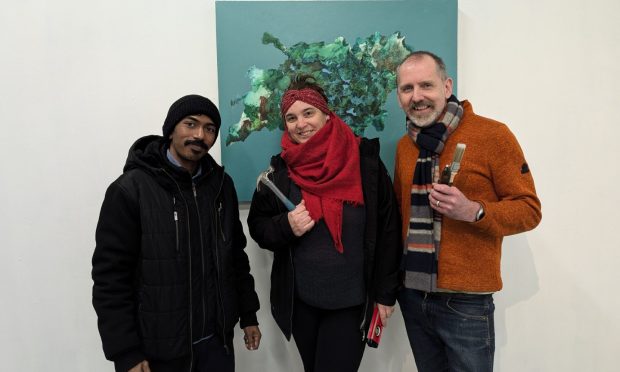The second Design Festival hosted by UNESCO City of Design Dundee is playing with the theme of factory floor.
Exhibiting at the festival for the first time is ‘Our Silent Monitors’ a new interactive project inspired by a 19th century ‘factory floor’ experiment devised by mill owner Robert Owen.
Here Pete Thomas, Lecturer in Design Studies at University of Dundee’s Duncan of Jordanstone School of Art and Design tells the story of the Silent Monitor and presents the case that our homes are now the new factory floors.
When Owen became a partner at New Lanark mills discipline among workers was poor and management was enforced through verbal and physical abuse. He introduced a new way to improve performance, the Silent Monitor, a small block of wood with four sides, each painted a different colour, that hung beside each workstation. Workers were observed throughout the day and each night supervisors would turn the block to indicate how they had behaved or performed that day. Black indicated ‘bad’; blue meant ‘indifferent’; yellow ‘good’; and white ‘excellent’.
These colourful objects helped the management monitor behaviour but also visualised data so that workers could see how their own performance compared to that of their colleagues. The idea was to change their conduct by changing the culture, making good conduct ‘normal’.
Less than 8% of the UK workforce now work in manufacturing, while more than 80% of employees work in the services sector. The organisations working in this sector are increasingly interested in people’s personal data.
When we use apps or services like Facebook, Google and Netflix, we create data. This data is often about us: who we are and what we’re interested in. Over time, this data shows companies what we’re doing online but it can also be used to create a better understanding of what we might want to do in the future and this makes it valuable.
Some data collection happens without us really being aware of it, like tracking our location, listening to the way we speak or recording how many steps we’ve taken. Other data is volunteered, like the stuff we share on our social media profiles.
It’s getting more and more difficult to know when we are using the Internet. There are more active mobile devices than there are people in the world. By 2020, with the emergence of new connected devices, it’s expected that there may be 20 billion ‘things’, like lightbulbs, thermostats and televisions, connected to the internet, collecting and sharing data. We have accepted the tracking, collating and sharing of our personal data as ‘Normal’.
Owen’s Silent Monitors were used to control workers but they also brought freedom from physical and verbal abuse. Similarly, the current use of our personal data online can be considered beneficial and negative.
In our connected, data driven, social media culture of likes, loves, calories-eaten and steps-walked our homes are the new factory floor, we are the new machine operators and the connected objects our Silent Monitors.
Our Silent Monitors is an evaluative interactive exhibit created by Pete Thomas and Martin Skelly, designers and lecturers at the University of Dundee’s Duncan of Jordanstone College of Art and Design.
Throughout the festival, they will be asking the audience to rate their feelings about the use of their digital data and interpreting this into a large-scale piece of data visualisation across the disused factory floor.
Dundee Design Festival and Our Silent Monitors at West Ward Works, Guthrie Street, Dundee is open until 5.00 pm Monday 29th May.
